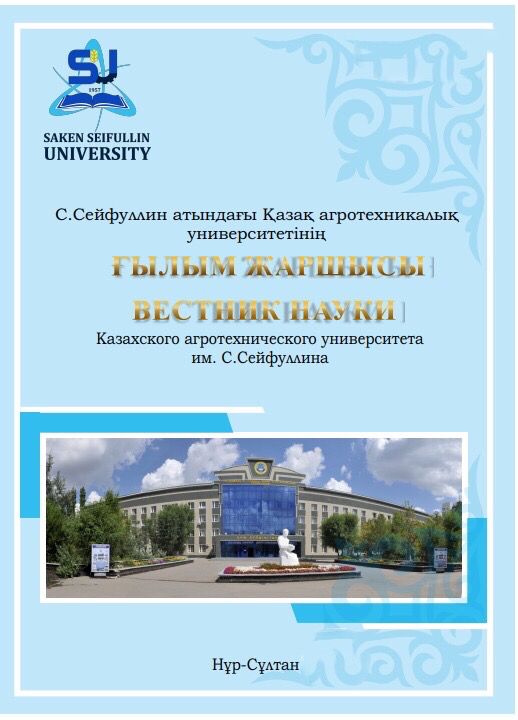-
Keywords:
-Abstract
The article presents the results of the study of the possibility of applying mummy in the ointment forms for treatment of purulent wounds in dogs. When performing experimental works, the animals are divided into 2 groups of 4 heads each, with the experimental group of animals treated according to the following scheme: washing the wound with a solution of furacilin 1: 1000, and ointments from mummies. The control group was treated with a 1: 1000 furacilin solution and a sintomycin liniment. As a result of the study, a positive effect of the ointment on treatment of purulent wounds and on the physiological state of the animal was noted. With purulent wounds, there was a pronounced pathological manifestation, which is explained by an increase in parameters of clinical indices, whereas during the period of application of the proposed method of therapeutic measures on the 14th and 15th day, the above indices were normalized within the limits of physiological status norms corresponding to this species of animals. However, it should be noted that when examining the size of the wound, we found that in the experimental group, on the 5th and 6th days, its decrease was observed, which accordingly indicates normalization of the wound process. Based on the results of the study of clinical indicators of animals in the process of wound healing, it is established that at the onset of the disease there is
an increase in body temperature, pulse and respiration rate, which was restored to the physiological norm during treatment.
In a hematological study, it was established that the number of leukocytes in animals of the first group increased by 58.8% in the third day compared to the second group. While there was an increase in the number of erythrocytes on the 9th day after the application of treatment and, correspondingly, this index exceeded by 11.4% in animals of the second group. A biochemical study of blood serum showed an increase in the amount of total protein by an average of 9.8% on the 6th day compared with that of animals
in the second group and an increase in the amount of glucose by 24%.

